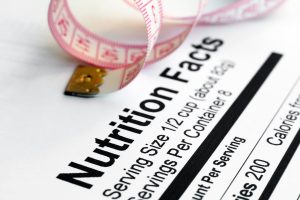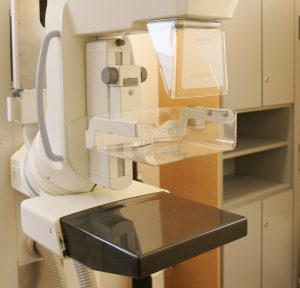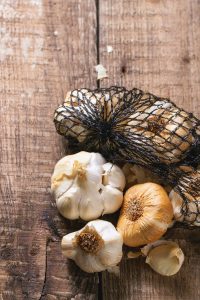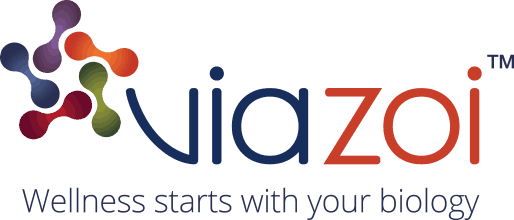Maintaining a healthy weight is one of the key components to a healthy and cancer preventative lifestyle, but, despite the prevalence of health and fitness information, many people find this difficult to achieve. The primary reason for this is that, while basic human physiology is the same, every person is different. We have different body types, different motivations, different preferences, different natural ability, and different methods of learning.
The key is to find what works for you, but don’t get discouraged if the first thing you try doesn’t work. Think of it like trying out a new restaurant. If you like it, you’ll go back. If you don’t like it, you don’t swear off all restaurants, you just don’t go back to that one. When you’re creating a healthy lifestyle routine, don’t get frustrated just because the first things you try don’t work or because you don’t enjoy them. Just try something new!
A Little Direction
While you have to find what works for you, research is the first step. With the right information, you can create a beneficial routine and we want to help!
One of the components of achieving a healthy weight is fat loss and, according to BodyBuilding.Com, there are three key factors to effective fat loss that applies to everyone: 1) Goal Setting; 2) Nutrition; and 3) Exercise. Without all three working in tandem, it will be harder to keep weight lost off.
Set Goals
The first step is to figure out what you want to achieve. This is your long-term goal. Identify where you are now, where you’d like to be, and when you’d like to get there. It is important to be realistic about your goals and the timeframe it will take to meet them. You can’t rush weight loss and good health. There are no shortcuts. For it to be permanent, you have to do it right.
Once your long-term goal is set, you need to set smaller, short-term goals. These will help keep you motivated on the way to your long-term goal.
To make sure this goal-setting works, they need to have several qualities:
— They must be specific.
— They must be measurable.
— They must be adjustable. (If you get the flu and your timeframe gets thrown off, just update it)
— They must be realistic.
— They must be time-based.
Look at Your Diet
 Once your goals are set, it’s time to address nutrition. Diet is the most important component to fat loss (80-90 percent) and we’re not talking about fads and trends. Your diet is your eating lifestyle, which you should be able to maintain all year-round. The only thing you should change about it is the amount of calories consumed, based on what your goals are.
Once your goals are set, it’s time to address nutrition. Diet is the most important component to fat loss (80-90 percent) and we’re not talking about fads and trends. Your diet is your eating lifestyle, which you should be able to maintain all year-round. The only thing you should change about it is the amount of calories consumed, based on what your goals are.
Your weight loss diet should include the following six principles:
— Adequacy: Get the amount of energy (calories) and nutrients you need.
— Balance: Don’t overdo it with any specific type of food.
— Energy Control: Know how many calories you need to consume for your energy level and allow for that without going over.
— Nutrient Density: Choose foods that provide the most nutrients for the least energy.
— Moderation: Be aware of and moderate portion sizes. Keep high fat and sugar foods to a minimum.
— Variety: Eat a variety of foods each day.
Time to Exercise!
Exercise helps you to build muscle, which, in turn, helps you burn more calories and lose more fat. It also encourages self-confidence and gives you a way to destress. The best exercise program for losing fat combines cardio (mostly high intensity), weights, and flexibility. There are a variety of factors that must be considered and specified when creating such an exercise plan. These include:
— Frequency: How often you exercise in a given time period.
— Time: How long your exercise sessions last.
— Intensity: The level of exertion of your exercise.
— Type: What form of exercise is being performed.
— Specificity: Performing the specific exercise to achieve your goals.
— Overload: Increasing intensity to increase/improve ability.
— Adaptation: Exercise/training must progress via overload or performance may start to decline.
— Progression: Intensity must become progressively greater.
Can’t I Just Start Running Everyday?
The answer, yes, you can, but it’s unlikely that you’ll achieve your goals with running alone. Taking control of your health is more complicated; while this may be discouraging at first, it is really the only way to do it right. There are a great many factors associated with good health and taking an analytical approach to each of them will help you achieve your greatest potential!




 The most common breast cancer screening test used for early detection is a mammogram, which is a low-dose x-ray of the breast that looks for changes in tissue that could indicate breast cancer. There are two types of mammograms, a screening mammogram and a diagnostic mammogram.
The most common breast cancer screening test used for early detection is a mammogram, which is a low-dose x-ray of the breast that looks for changes in tissue that could indicate breast cancer. There are two types of mammograms, a screening mammogram and a diagnostic mammogram. 
 1. Garlic
1. Garlic




 There are several organizations out there that want to help cancer patients and their families find joy during the holiday season, including CancerCare and the
There are several organizations out there that want to help cancer patients and their families find joy during the holiday season, including CancerCare and the  Thanksgiving is next week! It’s amazing how quickly the holidays sneak up on you, and it’s easy to start panicking, but don’t. You probably (hopefully) know where you will be for Thanksgiving dinner and, if you’re just a guest, then you’re all set! If you are a food-bringing guest, you have quite a bit of time to plan out when to shop for ingredients and then prepare the item, so no reason really to stress out there. But for those of us who are hosting Thanksgiving this year, it may seem like time is slipping away but there is plenty of time. A certain amount of stress is unavoidable but chronic stress during the holidays can ruin the holiday spirit (and it’s not good for your health either).
Thanksgiving is next week! It’s amazing how quickly the holidays sneak up on you, and it’s easy to start panicking, but don’t. You probably (hopefully) know where you will be for Thanksgiving dinner and, if you’re just a guest, then you’re all set! If you are a food-bringing guest, you have quite a bit of time to plan out when to shop for ingredients and then prepare the item, so no reason really to stress out there. But for those of us who are hosting Thanksgiving this year, it may seem like time is slipping away but there is plenty of time. A certain amount of stress is unavoidable but chronic stress during the holidays can ruin the holiday spirit (and it’s not good for your health either).